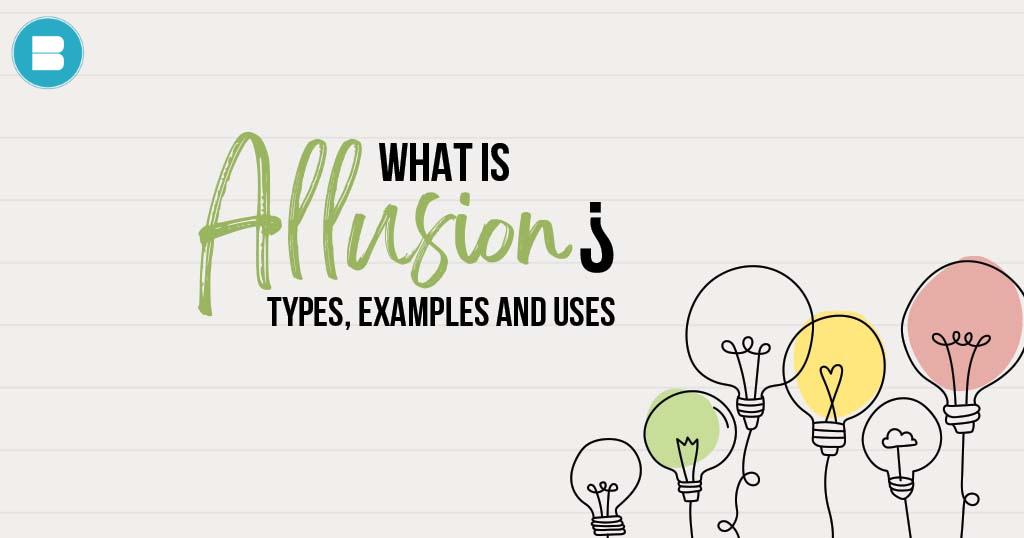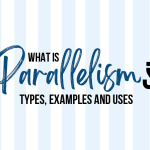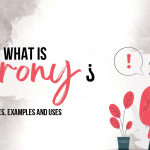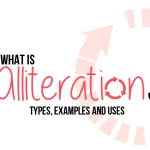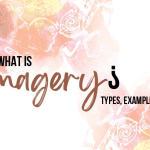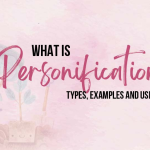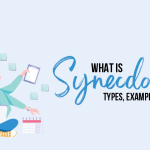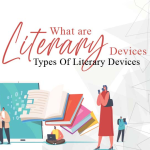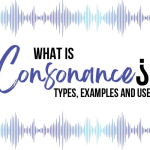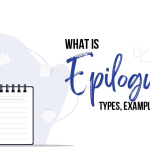“I have measured out my life in coffee spoons” said T.S. Eliot in The Love Song of J. Alfred Prufrock.
This is an allusion to the Greek myth of Narcissus, who fell in love with his own reflection in a pool of water and wasted away, staring at his own image.
The allusion suggests that the speaker, like Narcissus, has been preoccupied with his own thoughts and feelings, and has not lived a full and active life.
The phrase “measured out my life in coffee spoons” also suggests that the speaker’s life has been mundane and uneventful.
You may also like: What is Cozy Mystery? A Begginer’s Complete Guide
But what is allusion?
An allusion is a figure of speech that refers to a person, place, thing, or event. It is a brief and implicit reference to something, often a work of literature, film, or music. An allusion is usually made to add depth or meaning to a work, or to create a connection with the reader or listener.
Allusions can be made to historical events, myths, or other works of literature, and they are often used to add layers of meaning to a text or to make a point in a subtle way.
For example, if someone says “he was acting like a modern-day Romeo,” they are making an allusion to Shakespeare’s play “Romeo and Juliet,” in which Romeo is a passionate and tragic young lover.
The speaker is implying that the person they are talking about is acting in a similar way to Romeo, perhaps by being overly emotional or acting impulsively.
Read: What is Proofreading? How can you do it by yourself
You may also like: How “You Can Heal Your Life” Changes Everything
By using this allusion, the speaker is adding depth and meaning to their statement, and they are also trying to create a connection with the listener by referring to a well-known work of literature.
Allusions can be powerful tools for writers and speakers because they allow them to add depth and meaning to their words without having to explain everything in detail.
However, it is important to be careful when using allusions, as they can be confusing or even meaningless to people who are not familiar with the work being referred to.
People frequently make references in regular discourse, sometimes without realising it and sometimes without knowing what they are alluding to. These allusions are usually to popular culture, such as movies, books, music, famous figures, and so on. For example – Her dimples are like kryptonite to me. (Superman’s weakness)
She felt like she had a golden ticket. (Charlie and the Chocolate Factory)
You may also like: How to Publish a Book? | Publish Your Book | BlueRoseOne
How can you use Allusions in your writing?
Allusion can help you to make connections with other texts and ideas, and to enrich your writing with layers of meaning. Here are a few tips for using allusions in your writing:
- Choose your allusions carefully: Make sure that the allusions you use are relevant to your work and will add meaning for your readers. Let’s say you are writing a paper on the theme of identity in “The Great Gatsby.” An allusion to the myth of Narcissus, who was famous for his self-absorption and self-love, would be a relevant and effective way to enhance your analysis. On the other hand, an allusion to the Trojan War would not be as relevant or meaningful in this context.
- Explain the allusion: Don’t assume that your readers will automatically understand the allusion. Provide enough context so that they can fully appreciate the reference. Imagine you are writing a paper on the theme of redemption in the play “Hamlet.” One allusion you might use to support your argument is the story of the prodigal son from the Bible. You could write something like this: “Like the prodigal son, who returns home after squandering his inheritance, the character of Hamlet ultimately finds redemption through his own tragic journey.”
In this example, the allusion to the story of the prodigal son helps to enrich the analysis of the theme of redemption in “Hamlet.” By explaining the allusion and how it relates to the play, you give your readers a deeper understanding of the themes and ideas you are exploring. - Use allusions sparingly: It’s important not to overuse allusions in your writing. If every other sentence contains an allusion, it can become overwhelming and confusing for your readers. Instead, choose a few key allusions that are particularly relevant and effective in enhancing your argument.
- Be careful with cultural allusions: Allusions that are familiar and meaningful in one culture may not have the same significance in another. For example, if you are writing for an American audience, an allusion to a popular television show or a well-known historical event would likely be effective. However, if you are writing for a global audience, you may want to choose allusions that are more universally known.
You may also read: Best Udemy Courses for Self-Publised Authors
What are the Kinds of Allusion?
There are several kinds of allusion that writers may use in their works. Here are a few common types:
- Historical allusion: A reference to a person, event, or idea from history. For example, “Romeo and Juliet” is an allusion to the tragic love story of Romeo and Juliet from Shakespeare’s play of the same name.
- Literary allusion: A reference to a person, event, or idea from literature. For example, “a modern-day Sherlock Holmes” is an allusion to the character Sherlock Holmes, who appears in the works of Sir Arthur Conan Doyle.
- Mythological allusion: A reference to a person, event, or idea from mythology. For example, “the Pandora’s box of secrets” is an allusion to the myth of Pandora, who opened a box containing all the evils of the world.
- Biblical allusion: A reference to a person, event, or idea from the Bible. For example, “the Garden of Eden” is an allusion to the biblical story of the Garden of Eden, where Adam and Eve lived before they were expelled from the garden.
- Cultural allusion: A reference to a person, event, or idea from popular culture. For example, “a real-life superhero” is an allusion to the concept of superheroes in popular culture.
Difference between Analogy and Allusion
An analogy is a comparison between two things that are similar in some way. It is used to explain or clarify something by showing how it is similar to something else.
An allusion, on the other hand, is a brief or indirect reference to a person, place, thing, or event from literature, history, or culture. It is used to add depth and complexity to a work by making connections with other texts or ideas.
Here is an example of each:
Analogy: “Reading a book is like going on a journey. Each chapter is a new destination, and the characters are the guides who lead you through the story.”
In this analogy, the writer is comparing the act of reading a book to going on a journey. The chapters of the book are compared to different destinations, and the characters are compared to guides.
This analogy is used to explain or clarify the experience of reading a book by showing how it is similar to the experience of going on a journey.
The writer is using the familiar concept of a journey to help the reader understand the less familiar concept of reading a book.
By understanding the similarities between the two, the reader may be better able to understand and appreciate the experience of reading a book.
Allusion: “She was a real-life Scarlett O’Hara, always managing to land on her feet no matter what life threw her way.”
In this allusion, the writer is making a reference to the character Scarlett O’Hara from the novel “Gone with the Wind.” By describing the person being described as a “real-life Scarlett O’Hara,” the writer is implying that this person is similar to the character in some way.
In this case, the allusion suggests that the person is resilient and resourceful, always able to find a way to “land on their feet” no matter what challenges they face.
By making this connection to the well-known character Scarlett O’Hara, the writer is adding depth and complexity to the description of the person being described.
Read: List of Top 10 Most Popular Historical Fiction Books of all Time.
Concludingly, Allusion is a potent literary method that writers can use to add depth and complexity to their work by connecting it to other texts and concepts.
Writers can enrich their writing and increase their readers’ understanding and appreciation of their work by carefully selecting and clarifying their allusions.
When employing allusions, it is critical to choose them carefully, explain them appropriately, use them sparingly, and keep cultural differences in mind.
Keeping this in mind allows writers to incorporate references into their writing in an efficient and graceful manner.
You may also like: List of 10 Best Libraries in Portsmouth for Book Lovers

